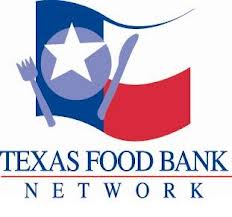 AUSTIN – Texas households with children suffered extraordinarily high rates of food hardship during the recession, according to a new national report released today. In five years of telephone surveys conducted through 2012, over one in four (27.4 percent) of these households said they couldn’t consistently afford enough food.
AUSTIN – Texas households with children suffered extraordinarily high rates of food hardship during the recession, according to a new national report released today. In five years of telephone surveys conducted through 2012, over one in four (27.4 percent) of these households said they couldn’t consistently afford enough food.
Despite this high level of food hardship, Congress is preparing to debate a bill that would cut $39 Billion from funding for SNAP (aka food stamps), which aids many of these families and is the backbone of our national response to hunger.
“Given the struggles that continue to persist in Texas, it is outrageous that Congress is even debating cuts to nutrition programs like SNAP,” said Celia Cole, CEO of the Texas Food Bank Network. “Our elected leaders should act to help, not hurt struggling families, and the first step is to pass a Farm Bill with no cuts to SNAP.”
The report, published by the Food Research and Action Center (FRAC) in coordination with Gallup-Healthways Polling, is consistent with USDA data released earlier this month. The earlier federal data showed that 18.4% of Texas households were food insecure during the years 2010 to 2012. New data also released yesterday by the U.S. Census Bureau showed that the national poverty rate has remained at elevated rates since the recession began.
“All these data tell the same story – hunger and poverty rates spiked at the beginning of the recession and have stayed high ever since,” said Cole. “Despite modest gains in the economy, people at the low end of the economic ladder are still struggling to afford basic needs like food. Cutting SNAP now would hurt these families and undermine our economic recovery.”
The full food hardship analysis is available on FRAC’s website (www.frac.org). The Texas Food Bank Network provides a unified voice among food banks in support of their common mission to end hunger in Texas. Learn more at TFBN.org.
Austin MSA – 23.2%
Dallas/Fort Worth MSA – 22.8%
Houston MSA – 25.5%
San Antonio MSA – 24.0%




